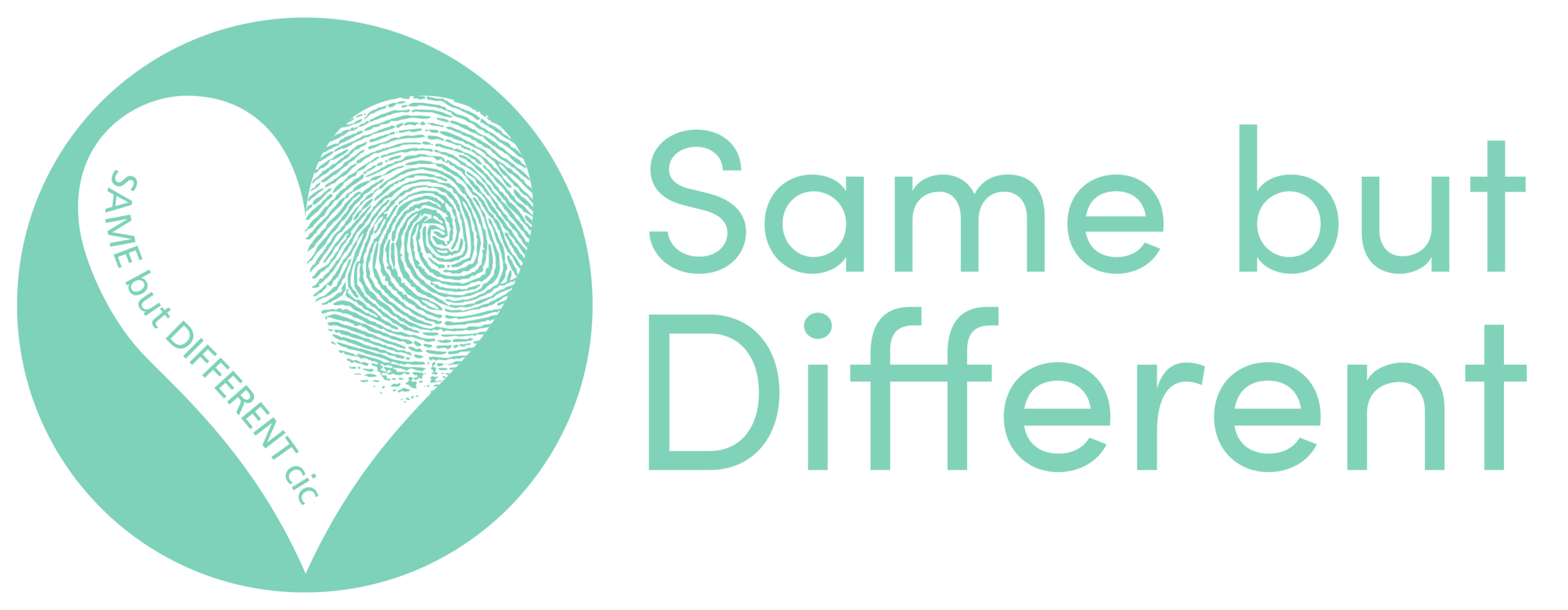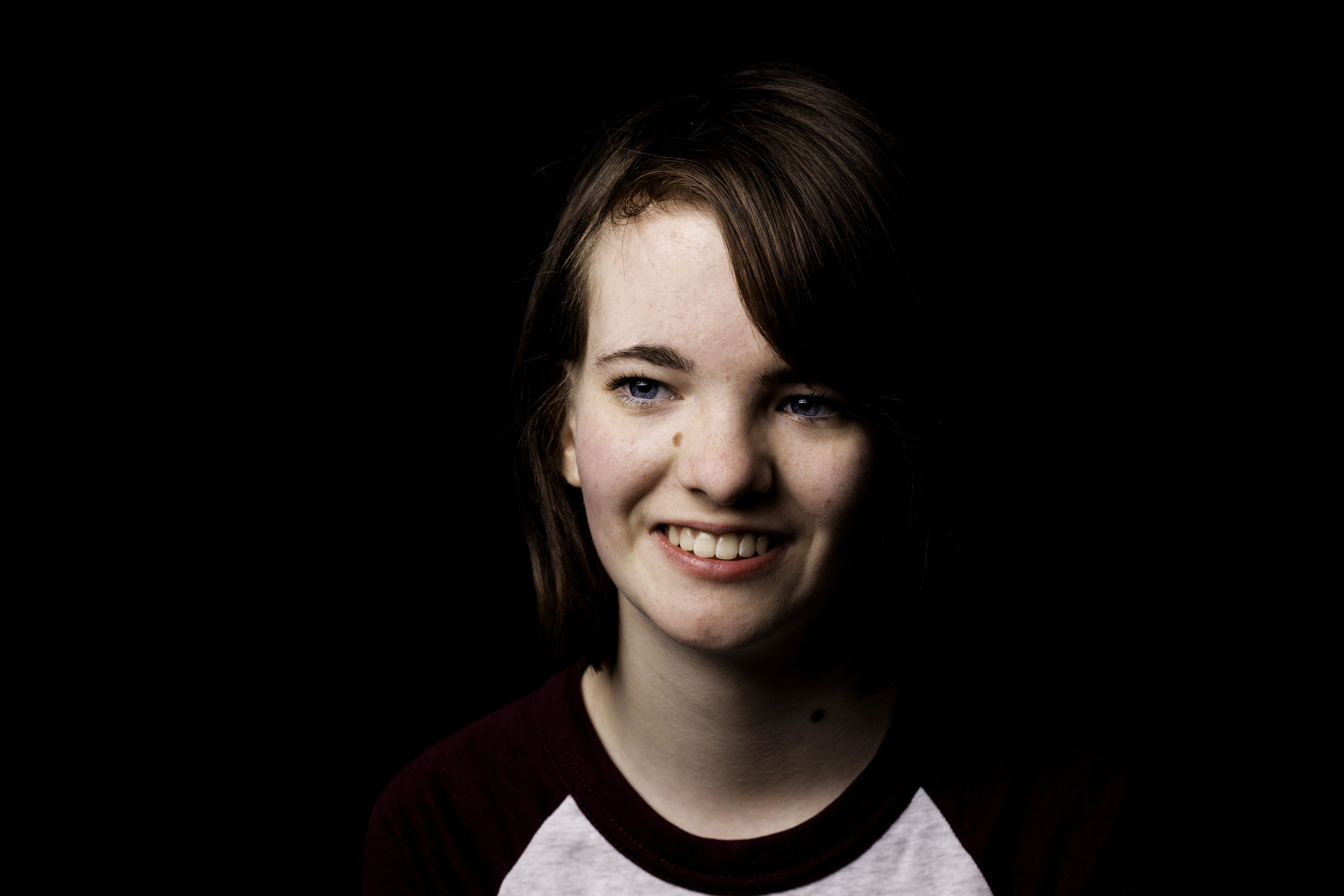Emily
Not all rare diseases are immediately obvious and when I first met Emily I could see that she was a bright, beautiful girl who was petite but in no way looked as though she had a disability. In some ways this is what makes some rare diseases so complex. You might think there is something slightly different about someone but not know what or why and this leads to a constant need to explain why you might be different. Dealing with curious looks or questions can be exhausting and for a teenager who just wants to fit in it can be infuriating. It also means that people are not aware of the difficulties that someone experiences on a day to day basis or what their families have gone through.
Emily and her family have allowed us to share their experiences of having Russell Silver syndrome.
We knew there was an issue with Emily in utero and so I was closely monitored throughout the later stages of pregnancy. She was delivered at 34 weeks weighing 3 lbs 3 oz and whilst we knew there were issues we did not have a formal diagnosis until 6 months. At this stage we were told she had Russell Silver syndrome.
Children with Russell Silver syndrome often have severe feeding problems and are of low birth weight. They have distinctive features which include triangular shaped faces with a small jaw and pointed chin. They are prone to sweating a lot as babies and may have low blood sugar and there is usually a blue tinge to the whites of their eyes. There are a wide range of features that collectively lead to a diagnosis.
The hardest part of getting a diagnosis was not necessarily being told what condition it was that our beautiful daughter has it was the fact that it is so rare and therefore not much is known about it or how to treat it. The two geneticists we met for diagnosis explained her condition, gave us a leaflet and said that basically they knew very little about it. Throughout Emily's life we have met with consultants every 4 months and during that time I gather together any questions we have and they are very often left unanswered as they just don't know.
We have had to make medical decisions based on very little evidence or knowledge and whilst our consultants are hugely supportive we are very much left to coordinate the care ourselves. We regularly have to make decisions that can have a huge impact and the choices can be extremely difficult. Emily was on growth hormone treatment for 4 years, with daily injections, helping improve her growth but also - more importantly her muscle strength and stamina.
Being a parent is hard but being a parent to a child with a rare condition can almost be unbearable in terms of the responsibility and decisions you are required to make.
Emily's condition affected us the most when she was younger. The infant years were a constant cycle of milk feeds, reflux, constipation and blood sugar problems. At age 5 she was still being bottle fed and had to be fed little and often throughout the day. The knock on effect of this was the need to have all her baby teeth removed at 5 which was a huge psychological issue for us as parents. She was at school by then and it was a very dark time for me in particular. You worry about how your child will be accepted by their school friends and you want to protect them as much as possible.
The fact Emily is petite with small hands and feet and low muscle tone means that she struggles with stamina and things like PE at school and people often comment on her size which can be frustrating for her. As she has got older life has become a bit easier and it is important for people to realise that things do change. There are some issues for Emily to be aware of in her adult life, however Russell Silver is not something we will allow to dominate our lives and it is just part of what makes Emily the person she is today.
We feel it is hugely important that families realise they are not on their own and there are organisations out there to support them. For us the Child Growth Foundation was a huge help because you really do need to know there are others who have had the same experience. The Rare Project by Same but Different is also an excellent way for people to raise awareness of rare diseases.
You can meet other people who have taken part in the Rare Project by clicking here.





